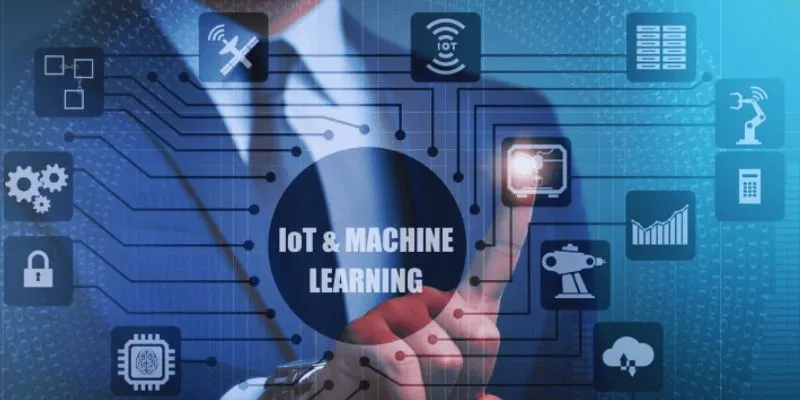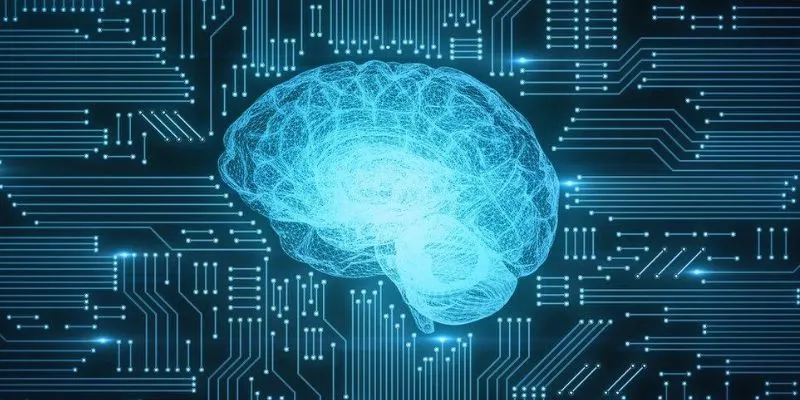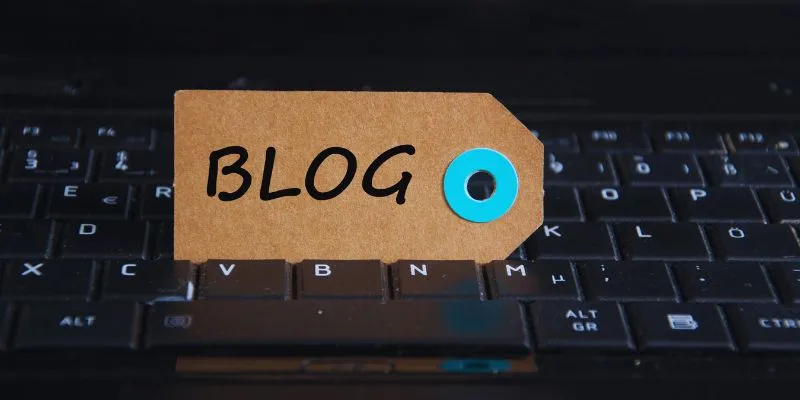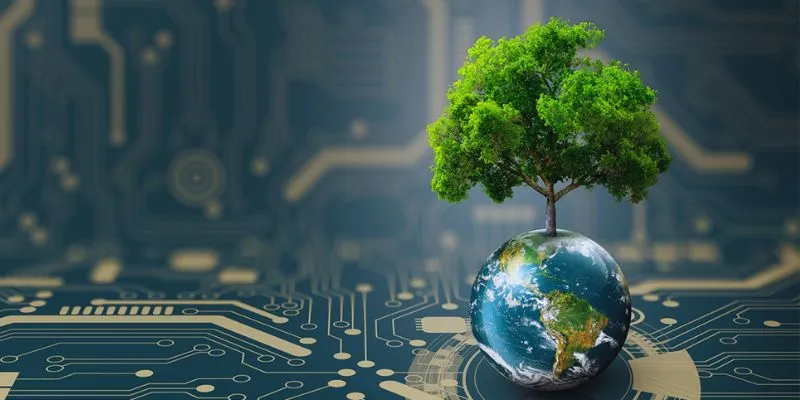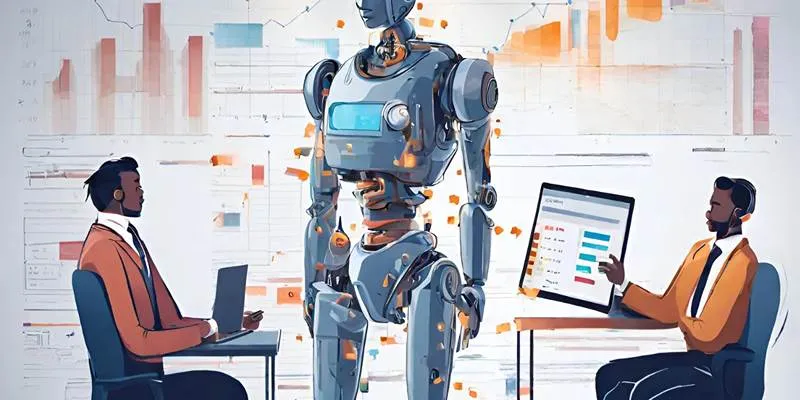Sensors have quietly become the heart of progress in robotics and wearables. Machines that once relied on rigid programming now respond to their surroundings, adapt to changes, and even learn over time. Wearables, too, have grown far beyond step counters, becoming trusted tools for monitoring health, movement, and even mood.
This shift comes from steady improvements in sensors—smaller, more precise, and seamlessly integrated. As they advance, robots and wearables feel less like cold technology and more like natural extensions of ourselves. This article explains how advanced sensors are shaping robotics and wearables, and where they are heading next.
How Advanced Sensors Bring Robots Closer to Reality
In robotics, the dream has always been to build machines that can operate alongside humans, performing tasks safely and intelligently. Advanced sensors make this dream closer to reality by giving robots a kind of awareness. Early robots excelled in predictable environments but struggled in dynamic or unfamiliar settings. Sensors changed that by enabling robots to see, feel, and balance in real time.

Optical sensors now let robots process detailed visual information. High-resolution cameras, paired with lidar and depth sensors, help them map three-dimensional environments, identify objects, and navigate safely through crowded or changing spaces. This is indispensable in hospitals, warehouses, and even homes, where precision and safety are key. Force and torque sensors give robots tactile sensitivity, allowing them to adjust their grip or handle fragile items. This makes them useful in fields like elder care, delicate assembly, and even food service.
Proximity and ultrasonic sensors help robots work near people by detecting movement and stopping or changing course as needed. Gyroscopes and accelerometers keep mobile and humanoid robots stable and balanced, even on uneven terrain or while climbing stairs. Together, these advancements create machines that no longer just execute commands but respond thoughtfully to their surroundings.
Wearables That Do More Than Track
Wearables have evolved into indispensable companions that do far more than track steps or count calories. At the core of this change is the same principle—advanced sensors capable of collecting meaningful data from the body and environment.
Health monitoring is where wearables have seen the most growth. Modern devices now include optical heart-rate sensors, oxygen saturation sensors, and skin temperature sensors. Some can even measure electrodermal activity to estimate stress levels. These readings allow wearables to detect irregular heart rhythms, monitor sleep patterns, and identify trends that may indicate health issues. Sensors have become small and precise enough to deliver medical-grade information from something no larger than a watch.
In sports and fitness, accelerometers and gyroscopes track movement in three dimensions, distinguishing between walking, running, swimming, or cycling with surprising accuracy. Barometers measure elevation changes, which are useful for hikers and climbers. More advanced models can even assess posture and analyze motion to help prevent injury or improve technique.
Some wearables are starting to explore less obvious uses, like emotion recognition. By monitoring heart rate variability, skin conductivity, and temperature shifts, they can infer mood changes or stress levels. This could eventually support mental health by alerting users to patterns they may not notice on their own.
Shared Technologies Between Robotics and Wearables
Robotics and wearables serve different purposes but draw on many of the same sensor technologies, adapted for each application. This shared development helps both fields progress more quickly.

One key trend is miniaturization. Advances in microelectromechanical systems (MEMS) allow sensors to be small yet highly sensitive. MEMS-based accelerometers, gyroscopes, and magnetometers are found in everything from drones and robots to smartwatches and fitness trackers.
Sensor fusion is another shared concept. In wearables, combining heart rate, motion, and temperature data can produce more accurate health insights. In robotics, combining camera, lidar, and ultrasonic readings provides a more comprehensive picture of the environment, thereby improving navigation and obstacle detection.
Energy efficiency is equally important. Sensors that consume very little power while maintaining high sensitivity help extend battery life, whether it’s for a mobile robot or a smartwatch. Wireless communication technologies, such as Bluetooth and Wi-Fi, also enable real-time data sharing between sensors and processors in both fields.
Where Sensors Are Headed Next
Even with the remarkable advances already made, sensors continue to improve in ways that will push both robotics and wearables forward. In robotics, researchers are working on artificial skin made of flexible sensors that could cover a robot’s entire surface, giving it a more complete sense of touch. Combined with machine learning, robots could use this sensory input to adapt more quickly to unfamiliar environments.
In wearables, sensors are being developed to detect biochemical markers, such as glucose or lactate levels, through the skin. This could open up noninvasive ways to monitor conditions like diabetes or assess athletic performance without finger pricks or lab tests. Flexible and stretchable sensors are making wearables more comfortable, able to conform to the body without feeling rigid or heavy.
Environmental sensors are also becoming increasingly common. In both robots and wearables, sensors can detect air quality, ultraviolet exposure, or ambient noise, providing more context for decision-making and health recommendations. The trend toward personalization will likely continue, with sensors adapting to the unique patterns of individual users or situations rather than applying broad averages.
Conclusion
Sensors have evolved from simple mechanical parts into intricate tools that quietly enable much of today’s technology. Their continued development makes robots and wearables more responsive, more intelligent, and better suited to human needs. These advances go largely unnoticed, yet they make daily life safer, healthier, and more efficient. Whether it’s a robot navigating a crowded room or a wearable detecting an irregular heartbeat, sensors are doing more than gathering data—they are helping technology feel natural and human. As they grow smaller, smarter, and more adaptable, sensors will continue to shape how we interact with the world, making machines better partners in everyday life.
 zfn9
zfn9

